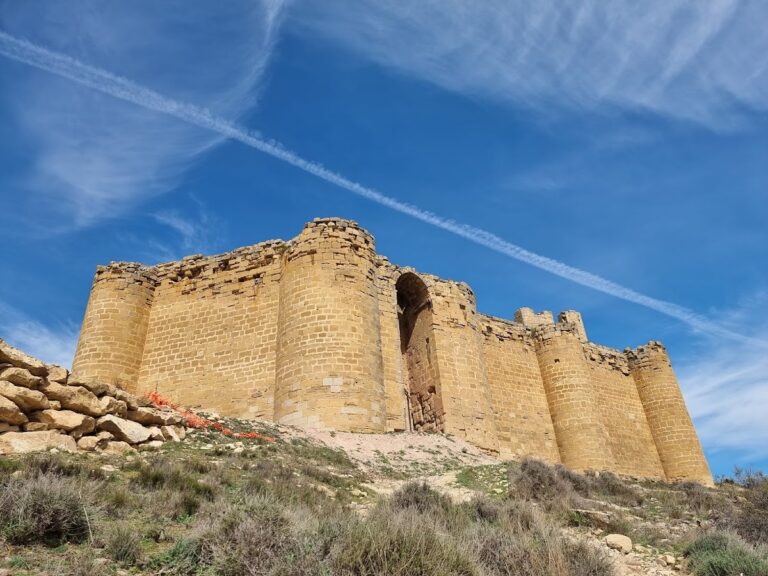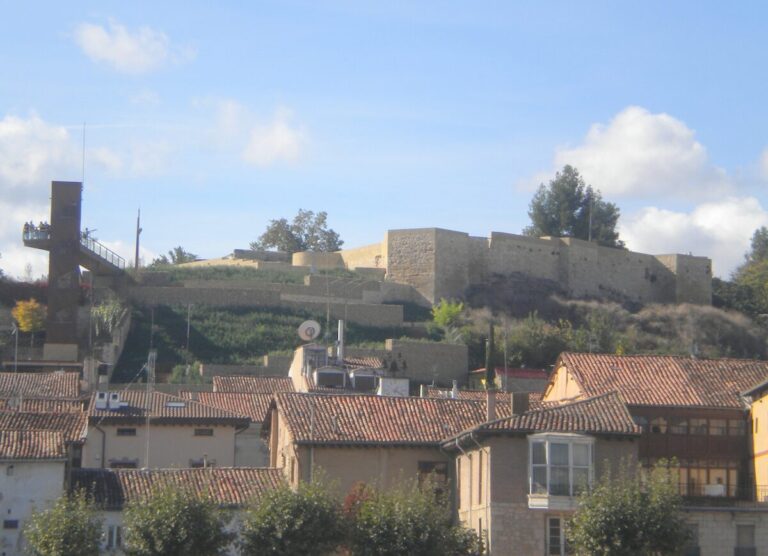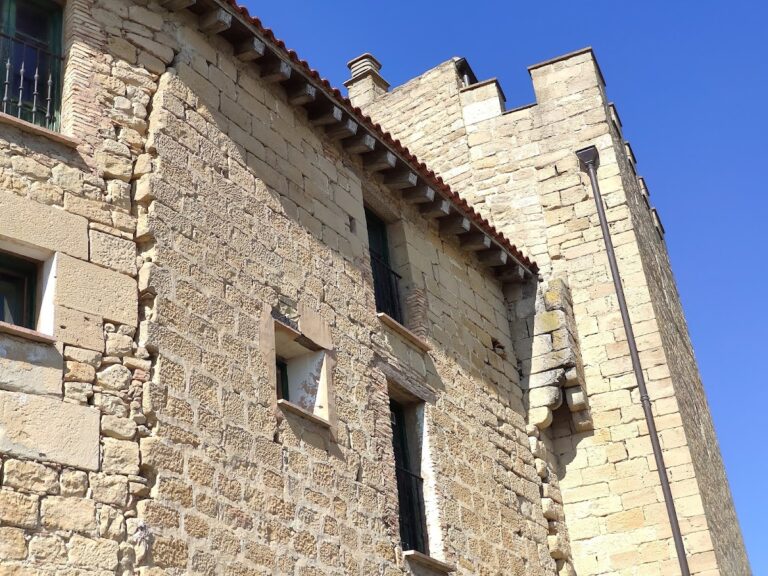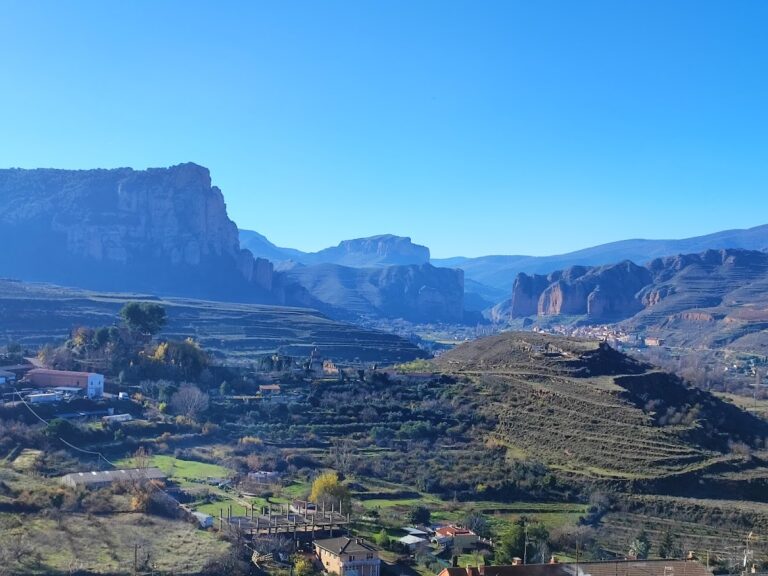Castillo de Briones: A Medieval Fortress in Spain
Visitor Information
Google Rating: 4.3
Popularity: Low
Google Maps: View on Google Maps
Official Website: www.ayuntamientobriones.org
Country: Spain
Civilization: Unclassified
Remains: Military
History
The Castillo de Briones is situated in the town of Briones in Spain and was originally built by the medieval Christian kingdoms that shaped the Iberian Peninsula during the Middle Ages. The earliest known fortification at Briones dates back to the 11th century, established when the López de Haro family, who were lords of Vizcaya, took control of the area. This initial stronghold, however, was destroyed in 1240 by King Fernando III of Castilla as part of the ongoing territorial conflicts of the time.
Following this destruction, the town experienced important developments under King Alfonso X of Castilla, who in 1256 granted Briones the Fuero de Vitoria, a charter that promoted settlement and local governance. This legal recognition encouraged population growth and led to the construction of the fortress as it is more commonly recognized today, intended to provide enhanced defense for the town amid the political tensions of the era.
Throughout the late medieval period, the castle passed through the hands of several noble families. One of the notable figures was Fernando Alfonso de Castilla, who controlled the castle until 1366. Afterwards, ownership transferred to Sancho de Castilla and then to Leonor de Alburquerque and her husband Fernando I of Aragón. During this phase, the fortress became part of the Crown of Navarra’s holdings, reflecting the shifting allegiances and territorial exchanges between the kingdoms of Castilla, Aragón, and Navarra.
The fortress eventually returned to the Kingdom of Castilla, and in 1459, King Enrique IV ceded it to Pedro Girón, Master of Calatrava. The Girón family maintained possession of the castle for several centuries, until 1818, when control reverted once again to the Crown. By the 19th century, the castle had fallen into disrepair but still retained elements such as a main entrance with a pointed arch and two accompanying towers. In the 20th century, these features were demolished when the site was repurposed as a cemetery.
Recognizing its cultural and historical value, the Castillo de Briones was legally protected under a decree issued on April 22, 1949, and later included in Spain’s Law 16/1985 concerning historical heritage, ensuring the preservation of what remains of the fortress for future generations.
Remains
Today, the visible remains of the Castillo de Briones consist primarily of the ruins of its central keep, the main defensive tower. This keep features a trapezoidal ground plan and is oriented roughly from northeast to southeast. Only three walls of the original structure have survived, standing on robust stone foundations. These foundations support a masonry base on which finely worked ashlar blocks — stones that are precisely cut and fitted — rise in uniform layers, demonstrating the careful craftsmanship employed in the fortress’s construction.
One notable architectural element once present on the keep was a set of corbels—projecting stone supports—that held up a machicolation. Machicolations are openings between the corbels used in defensive architecture to drop objects or pour substances onto attackers below. Although this feature has been lost, its prior existence attests to the castle’s role in military defense.
In a later period, a metal spiral staircase comprising 49 steps was added inside the tower. This modification was designed to provide access to the upper levels of the keep, illustrating adaptations made over time to maintain the castle’s usability despite its changing functions and condition.
While the overall structure is fragmentary, these surviving elements highlight the fortress’s medieval origins and the defensive priorities of the time. The preservation of the keep’s masonry and the later staircase offer tangible links to the castle’s layered history, from 13th-century construction through centuries of noble ownership to its modern-day status as a protected historical site.










